Nokia 3.4


Unfortunately, I don’t recommend the Nokia 3.4 – for one reason. Its day-to-day performance is poor, and this rapidly becomes a headache, one that will likely make you wish you’d spent slightly more.
Pros
- Android One software looks clean
- Display has a pleasant colour tone
- Comes with an update guarantee
Cons
- Poor performance
- Very limited storage
- Mediocre camera quality
Availability
- UKRRP: £129.99
Key Features
- Android One software:The Nokia 3.4 is an Android One phone. This means it uses an near untouched version of Android, and you are guaranteed two years of software updates, three years of security updates.
- Qualcomm Snapdragon CPU:This phone uses a processor from the most popular range in the world of phones, Qualcomm’s Snapdragon. This means games may be better optimised for it, although the Snapdragon 460 used here is a low-end chipset.
- Triple camera array:Three cameras mean you can shoot normal photos, ultra-wide ones and use the depth sensor to take “portrait” pics with a blurred-out background.
Introduction
The Nokia 3.4 is a budget phone, but it’s far from the best phone around at its price.
As such, it should appeal to those who filter deals by cost, or plan to head to the high street to see what they can pick up for around £100.
As I will delve deeper into during this review, the slowness of this phone makes it very frustraiting to use.
If your budget is tight, check out our list of best cheap phones as all of these are far more pleasant to use.

Design
- Plain, but tasteful, appearance
- Fingerprint scanner on the back
The Nokia 3.4 looks and feels pretty good considering the low price. It is, of course, an all-plastic phone aside from the glass that covers the display.
Nevertheless, I quite like that Nokia hasn’t taken the standard approach of trying to make its phones look like they’re made of aluminium and glass. The rear plastic has a lightly ridged texture that improves grip, and its appearance is plain but tasteful.
Two elements elevate the Nokia 3.4 beyond the kind of “generic” design you might expect when looking to spend as little as possible. First up, it has a punch-hole notch rather than a teardrop one – or just a chunkier upper display border. This style is usually associated with Android devices that are much more expensive than the Nokia 3.4.
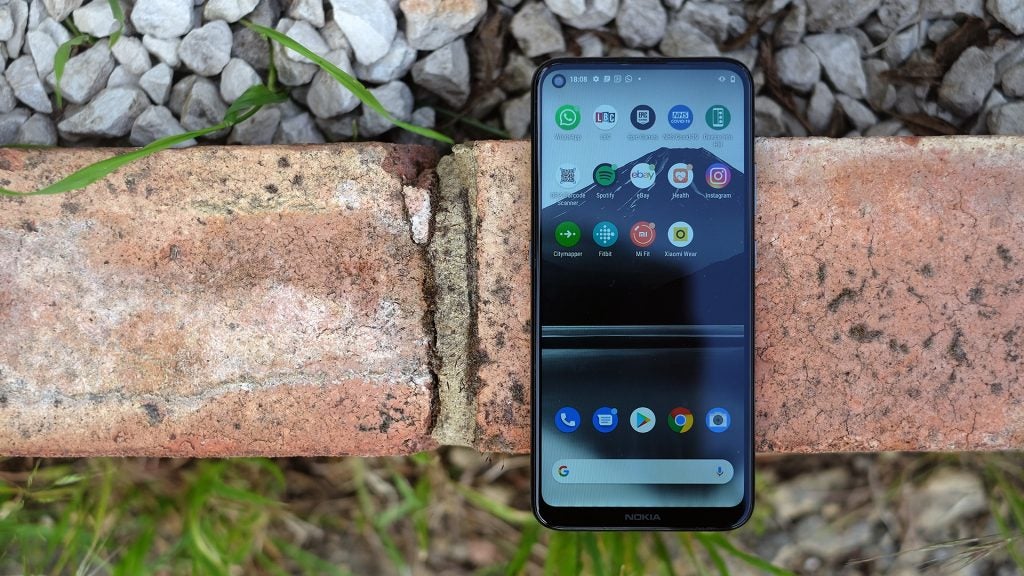
The camera housing is the second feature that gives the device at least a touch of personality. Its three rear cameras sit in a ring, which is more distinctive than a straight line of lenses.
The Nokia 3.4 is neither too big, nor too heavy. In fact, its design is more-or-less exactly what it should be: inoffensive, with a hint of Nokia character.
A rear fingerprint scanner is a little slow, but it does the job. Plus, there’s just the one speaker, which is a little thin-sounding and quiet. This is another compromise you’re unlikely to have to make if you spend more.
Screen
- 6.39-inch 720p display
- LCD tech
- Not hugely bright screen
The Nokia 3.4 screen is a highlight. While it doesn’t offer any impressive tech, it looks pleasant thanks to a slightly warm-leaning colour tone.
This is a 6.39-inch LCD with a 720p resolution. It’s smaller than most and is as low-res as you’ll find in this category, but these aren’t significant issues in a phone this cheap.

Maximum brightness isn’t hugely impressive, and becomes more noticeable when you take the Nokia 3.4 out on a bright day. But I think display quality is one of the phone’s key strengths in terms of what you actually experience when using the device.
That said, the Xiaomi Redmi Note 9 is far better – and, nowadays, sells at a similar price. It offers a larger 1080p display, which is seriously impressive at this level.
Performance
- Android One software
- Two years of software updates
- Feels very slow
The Nokia 3.4 is an Android One phone. This means it uses Google’s default Android interface rather than one that’s Nokia-made.
It also comes with a guarantee of two years of major software updates and three years of security updates. Frankly, this is the least anyone should expect of a new phone – but buy a unit from a price-gouging small brand and you may not receive any updates at all.
The Nokia 3.4’s interface looks great, but actually using it is another story entirely. This phone is irritatingly slow, and the situation appears to become worse with the more it’s used and filled with apps.
This seeps into everything you do with the Nokia 3.4. Switching between conversations in WhatsApp feels slow. Jumping between Chrome and Google Photos often comes with a grating delay. The processing delay of photos you take to send to a friend can seem long.
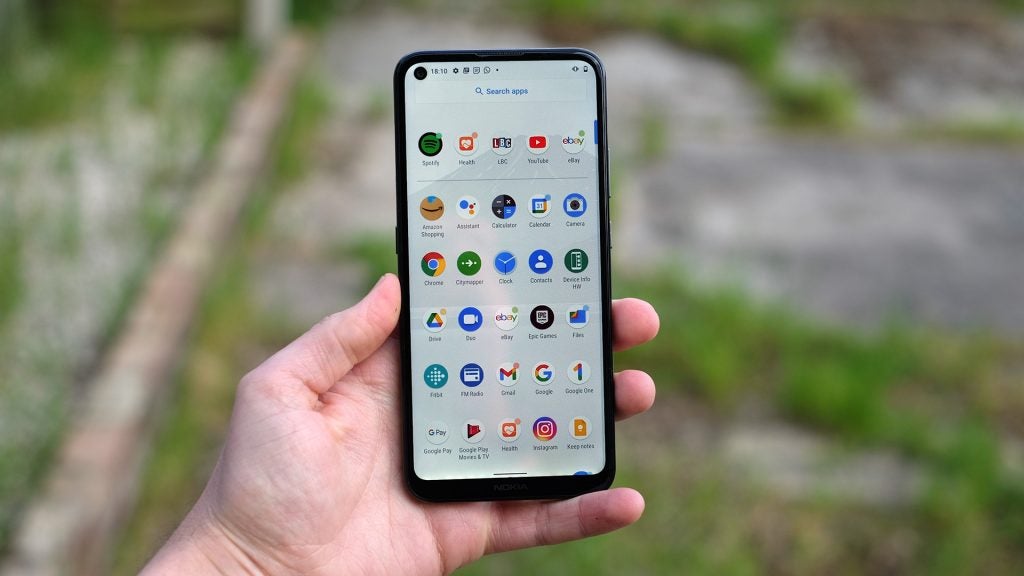
I’d much rather a phone such as the Nokia 3.4 be completely unable to play games such as PUBG and Minecraft, but let you do the basics smoothly. This phone actually performs better for games than the basics. PUBG runs just fine.
This is the opposite of what you might expect, given the Nokia 3.4 runs Android One software, perceived as having lower overheads than some third-party interfaces.
So, what’s the reason for this? The Nokia 3.4 has a Snapdragon 460 processor and 3GB of RAM. The CPU should be able to perform better than it does – it has eight cores, including four Cortex-A73s that were once considered pretty high-performance. While 3GB of RAM isn’t a huge amount, I’ve used plenty of phones that run perfectly well with that allocation.
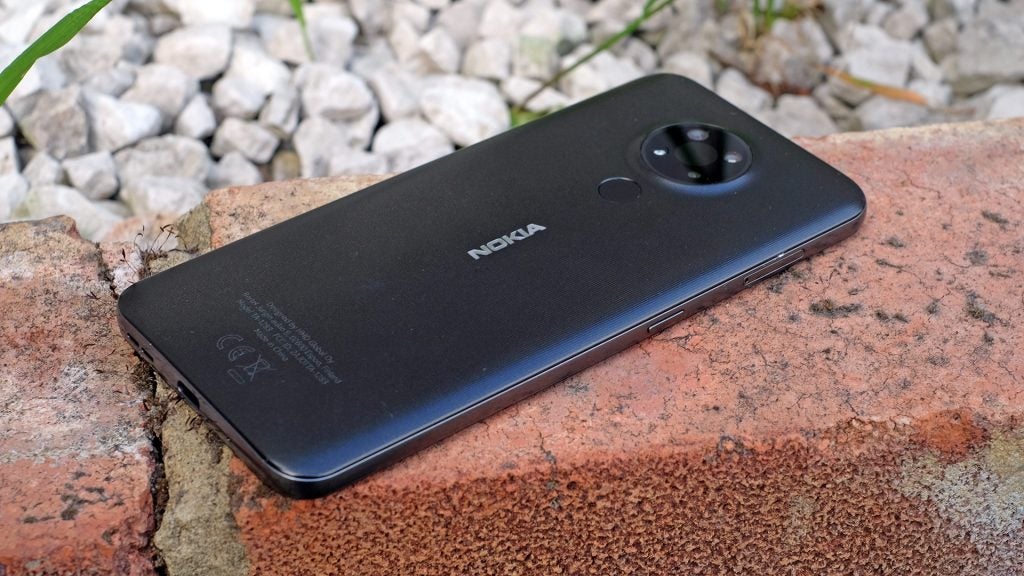
The Nokia 3.4’s internal storage is unusually slow, however, which could act as a bottleneck, particularly given the limited RAM.
You don’t get much storage, either. There are Nokia 3.4 models with 32GB or 64GB, the latter less widely available in the UK.
This review model is the 32GB unit, which would be the obvious choice given this is a phone for those on a tight budget. However, this amount has proved pretty insufficient. I’ve had to limit it to one storage-heavy game such as Asphalt 9 at a time, and WhatsApp’s backup library alone eats a huge chunk of the available space. And remember, you don’t actually get 32GB to use when you buy a “32GB” phone, since Android itself takes up some space.
These days, few review phones make me want to switch to another device as quickly as possible. Unfortunately, the Nokia 3.4 is one such phone.
Camera
- Three cameras on the rear
- Primary 13-megapixel sensor
- Lens quality is fairly poor
The Nokia 3.4 comes with three cameras, which seems generous for a phone at this price. There’s the primary 13-megapixel camera, a basic 5-megapixel ultra-wide, and a simple 2-megapixel depth sensor.
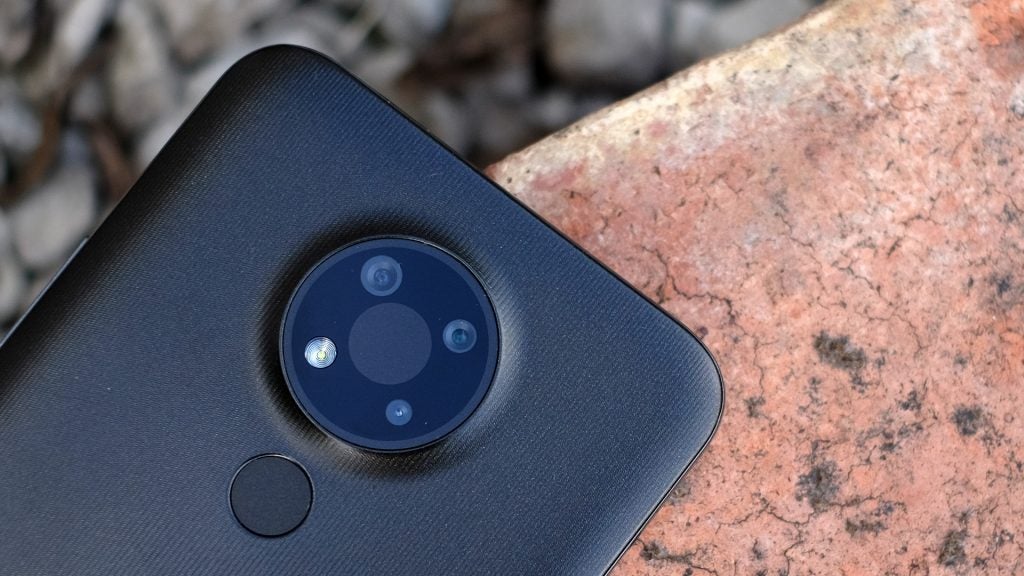
This trio lets you have a good amount of fun with your photography. You have two useful fields of view, and the depth sensor allows for background-blurred Portrait pictures. As such, the basics that you’re likely to see with phones at up to £400 or so – where zoom cameras start to appear – are covered.
As you might have already guessed, image quality isn’t stellar. The ultra-wide camera’s low resolution means detail is limited, the image falls apart at the corners as a result of lens distortion, and the lens struggles with bright light sources. There also tends to be a granularity to relatively flat parts of images, such as the sky, even in perfect lighting. But at £100, I’m entirely happy with the quality of the ultra-wide.
It’s perfectly possible to take pictures worth sharing over WhatsApp or Instagram – and that’s all I could ask for at this price.
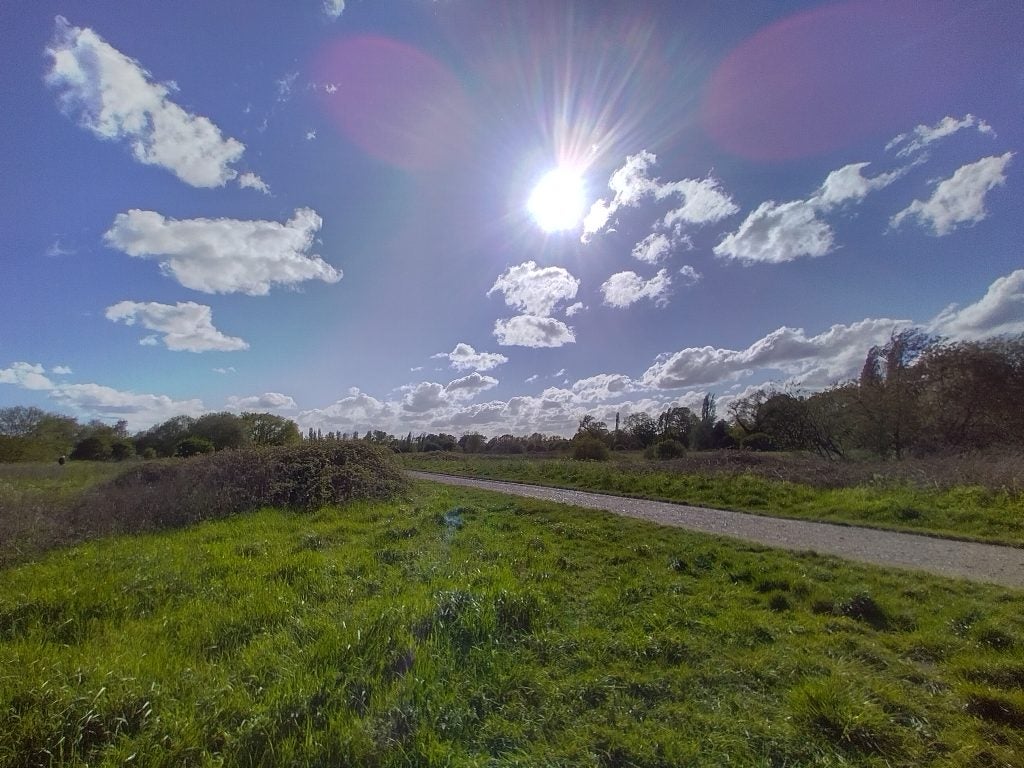
I have more issues with the Nokia 3.4’s 13-megapixel primary camera, in large part because you naturally expect it to be significantly better than the ultra-wide. Down at pixel level, its pictures are actually fizzier, less distinct-looking than those taken with the ultra-wide. Fine detail looks dithered, an effect that worsens at the edge of the frame.
Lens quality is quite poor; at times you can seen fairly clear HDR ghosting, where you see an afterimage. This is the result of merging frames, which phones more-or-less do as standard in most situations. The Nokia 3.4 also regularly fails to produce natural-looking skies, rendering them as a bright-to-darker blue gradient that just wasn’t there. This is likely down to the limited dynamic range of the sensor.
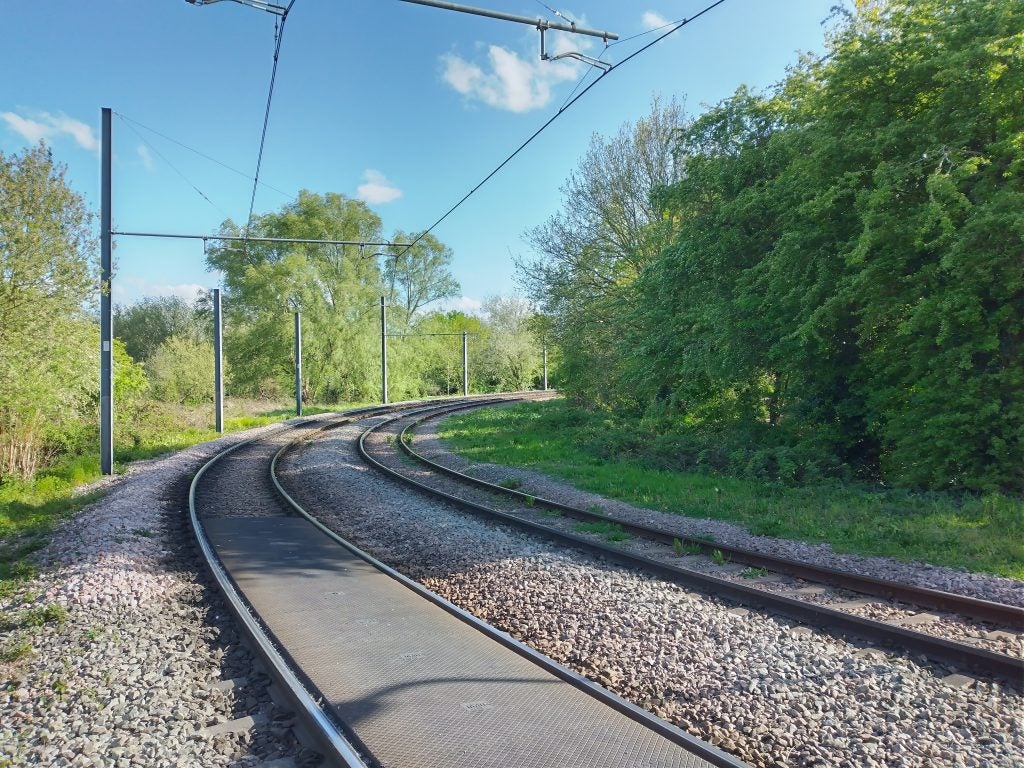
Slightly more expensive phones can get you close to the image quality of a high-end phone in good lighting, but the Nokia 3.4 is a way off that level. Night photography is – no surprise here – poor as well. However, the phone does have a good stab at “portrait” photography, where the background is blurred out using software. The blurring is fairly sound with simple subjects, and can make for a dramatic-looking picture.
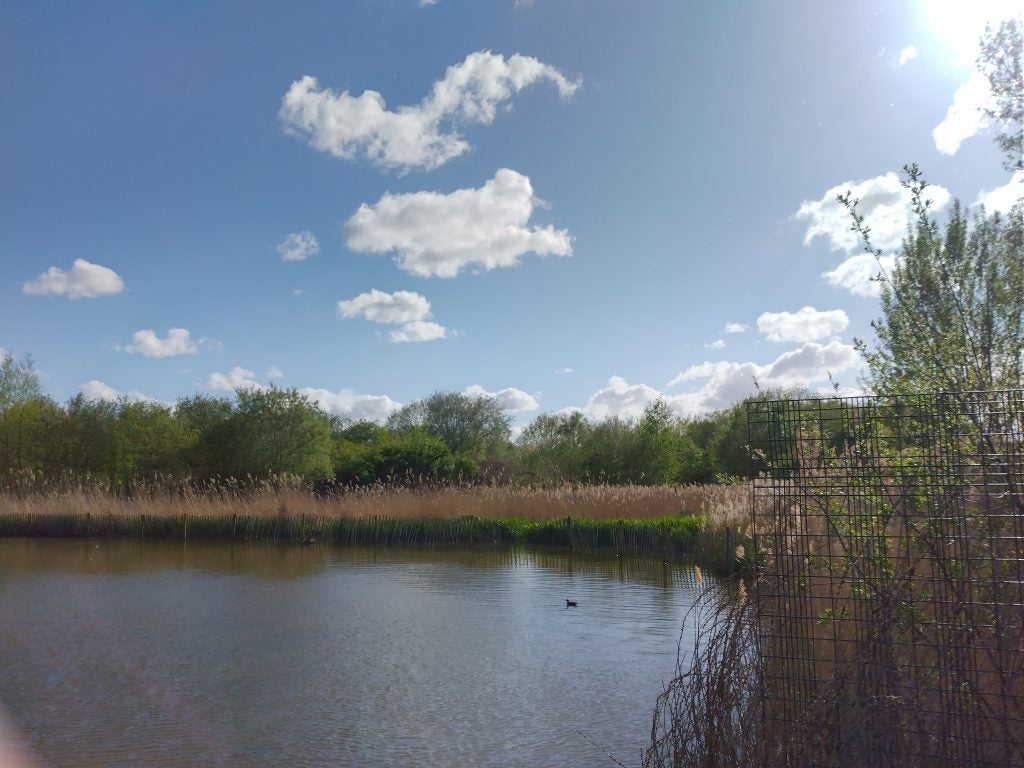
The Nokia 3.4’s video is very basic. You can shoot at up to 1080p resolution, at a rate of 30 frames per second; 720p at 30 or 60 frames per second are options, too. But as none of them offer software stabilisation – the only reason to drop down is to save storage space, which is a legitimate concern with this particular handset.
The Nokia’s front camera has an 8-megapixel sensor and a fixed-focus lens. This means your face may appear out of focus if you take a picture reasonably close-up, so it gets close to filling the frame. Details become pretty soft in imperfect lighting, too, so results are largely on a par with what you’d expect from a true entry-level Android device.
Battery life
- 4000mAh battery
- Should get you through the day
- 5w charging
The Nokia 3.4 includes a 4000mAh battery, which is mid-size in 2021. It should last a full day for most people, or perhaps significantly longer for the kind of person I think should actually consider buying this Nokia handset.
I have tendde to end up with around 15% charge left by the end of a day. There isn’t enough of a buffer to allow you to charge every other day, but I haven’t needed to give it a top-up in the late afternoon just to ensure it lasts.
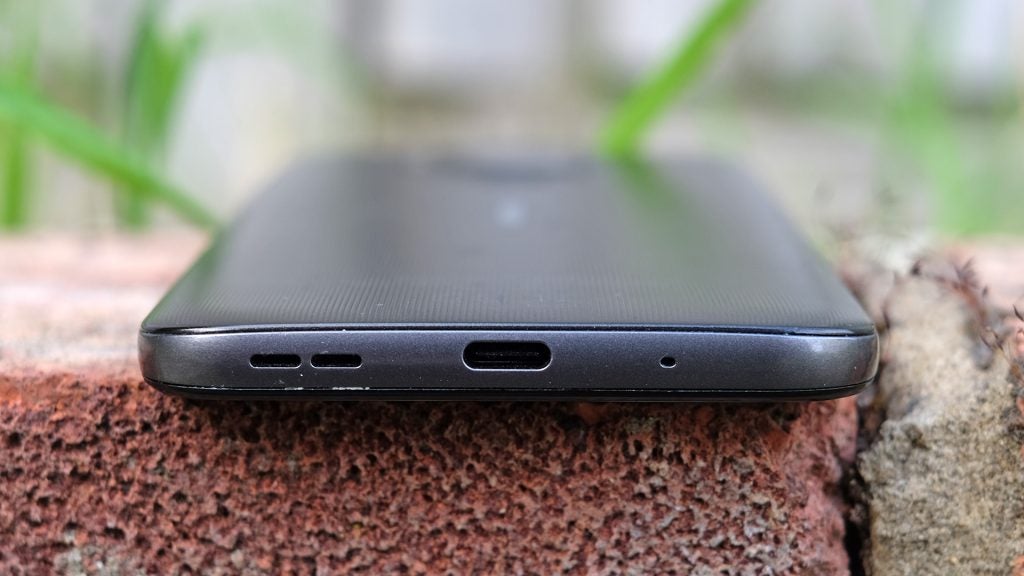
However, if you use your phone as much as I do then I’d strongly recommend buying something a little more expensive, or considering a brand such as Xiaomi, which offers a little more for your money. That has little to do with battery capacity, and everything to do with the Nokia 3.4’s performance issues.
The Nokia 3.4’s charger is also very poor. It’s a 5W plug, as basic as these things come. And that means you’ll want to recharge overnight, since the process can take several hours.
Best Offers
Should you buy it?
You value guaranteed updates: Nokia guarantees two years of major software updates and three years of security updates with this device. That’s part of the Android One promise, and is particularly reassuring at the cheaper end of the market, where you find lots of phones from small Chinese brands that may offer few, or perhaps no, updates.
You demand a good camera: The Nokia 3.4 has three rear cameras – a decent array considering its low price. However, the ultra-wide camera is quite low in resolution and the main camera exhibits some clear image quality issues that mean it belongs in the league below many of the 48-megapixel phones – some of which don’t cost much more.
Final Thoughts
The Nokia 3.4 makes a good first impression for a phone that costs less than £100 online. It comes with a decent screen; the design is less bland than some; plus the plain Android One software is better-looking than that of many phones with third-party interfaces pasted on top.
But, despite using a reasonable Snapdragon 460 processor, the Nokia 3.4 feels slow. This isn’t about 3D gaming or using demanding apps. The basics such as jumping between the browser and a messenger app are affected, and many will find this frustrating.
FAQs
There’s a Snapdragon 460 used here
No, there is no waterproofing here
You only get a 5w plug with this phone
Specs
The post Nokia 3.4 appeared first on Trusted Reviews.
Source Trusted Reviews ,Home Appliances Reviews

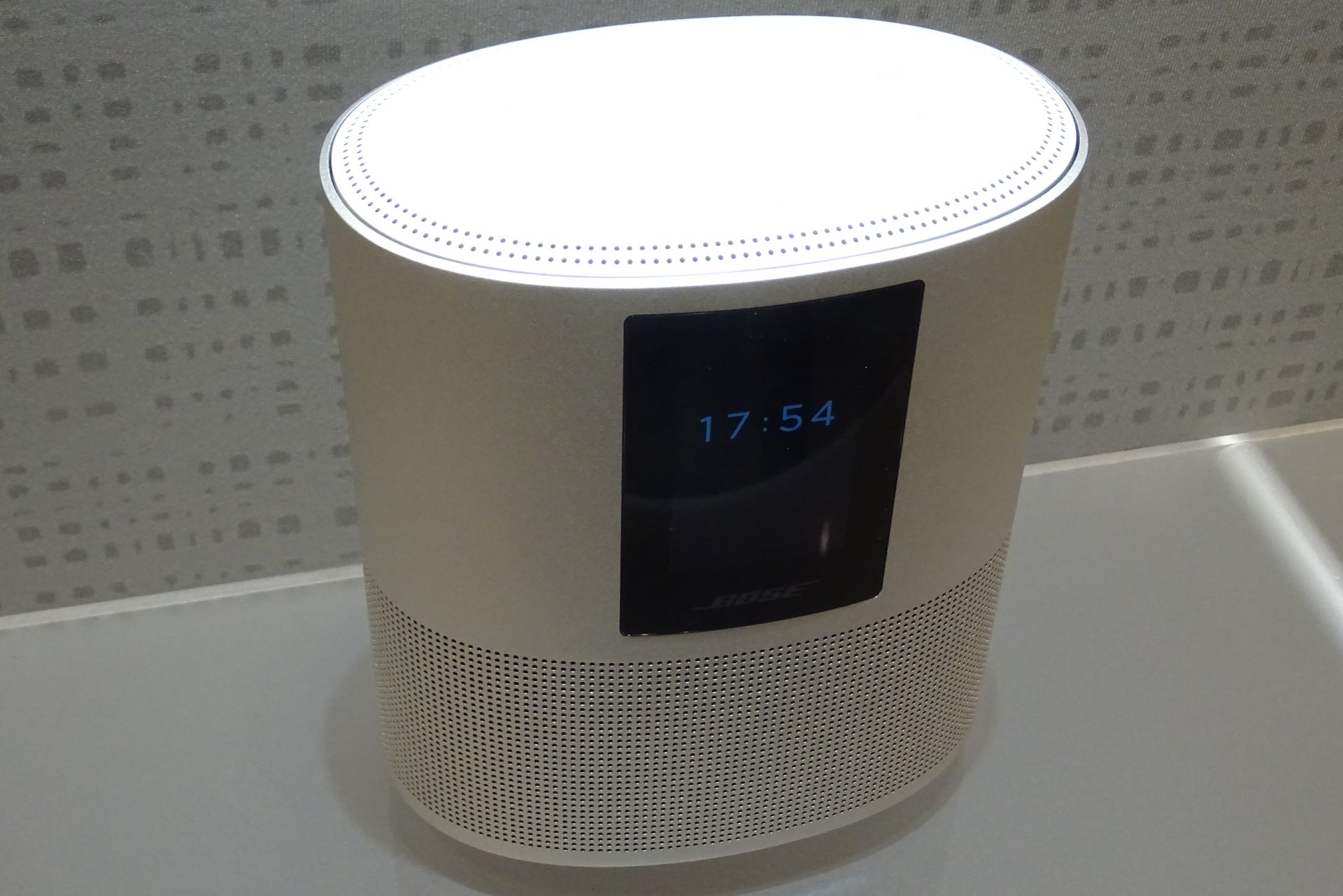
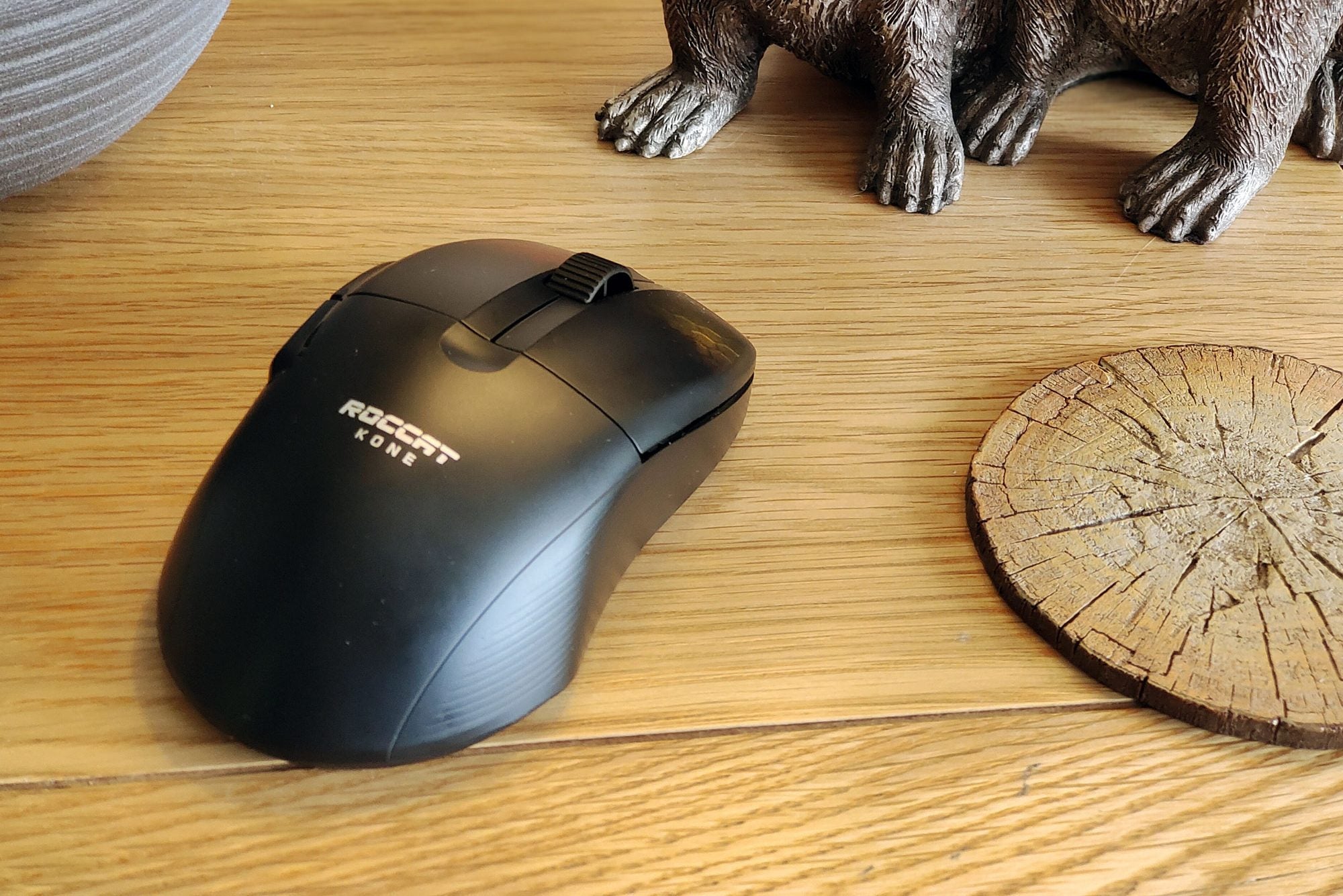
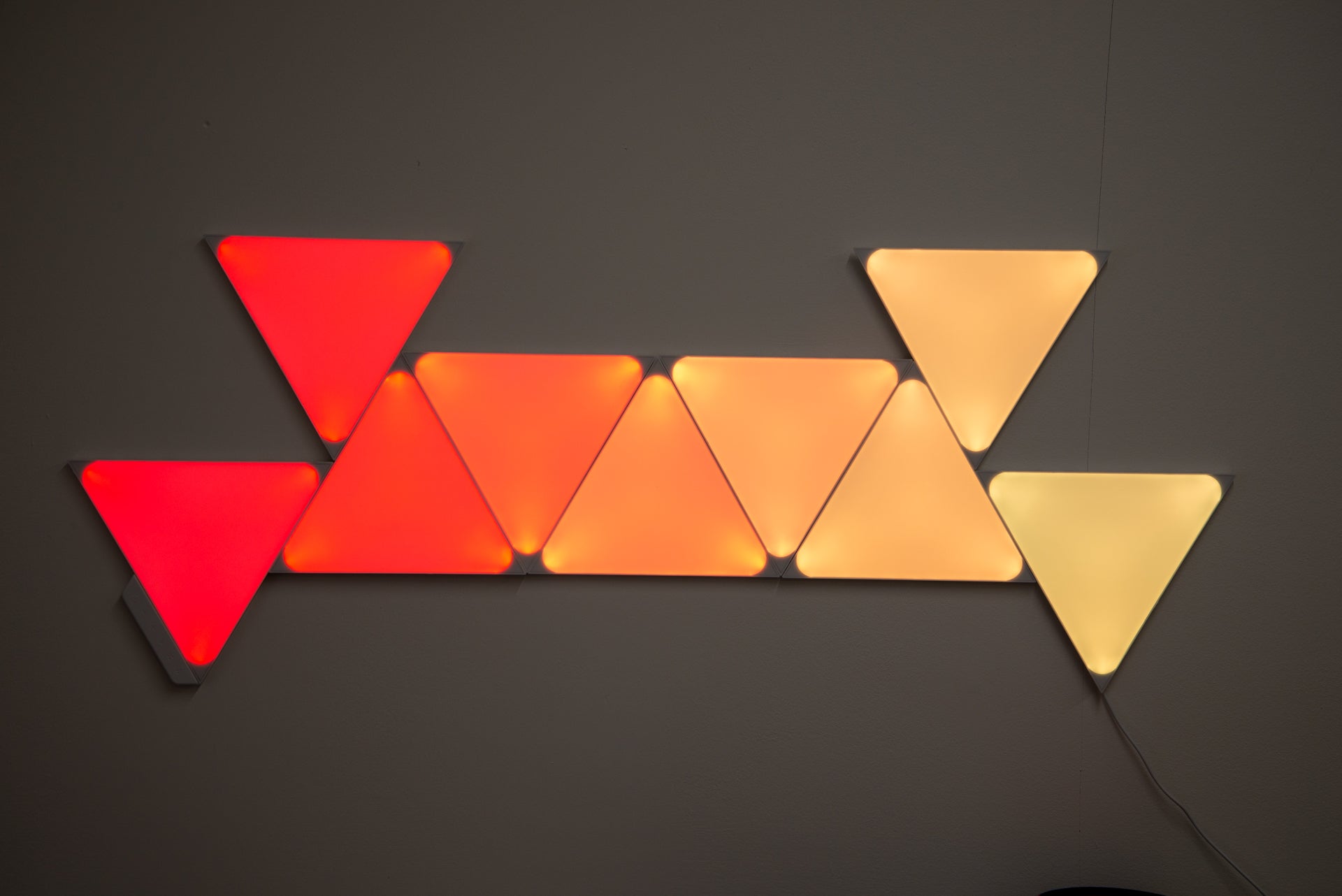


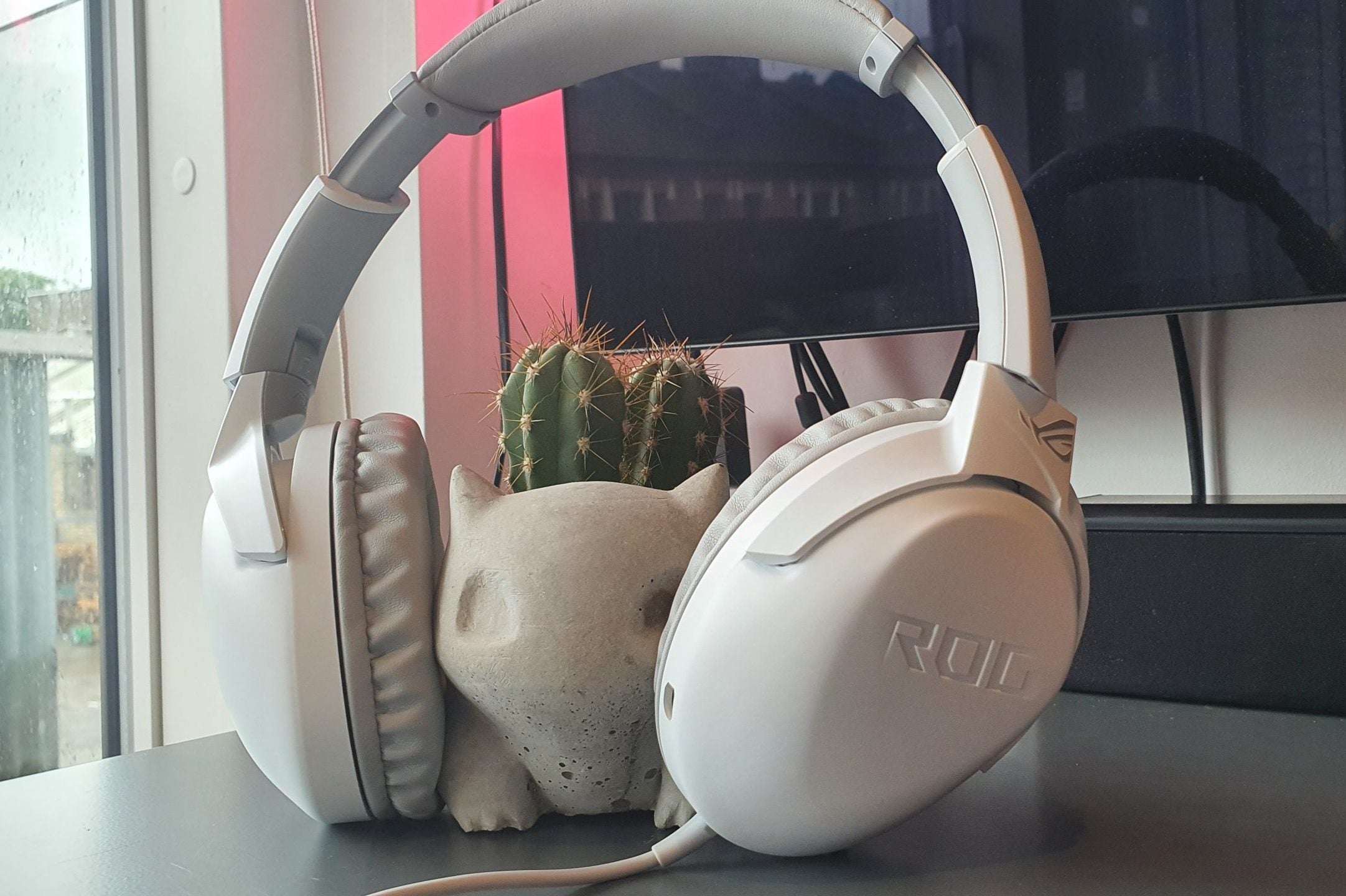
No comments